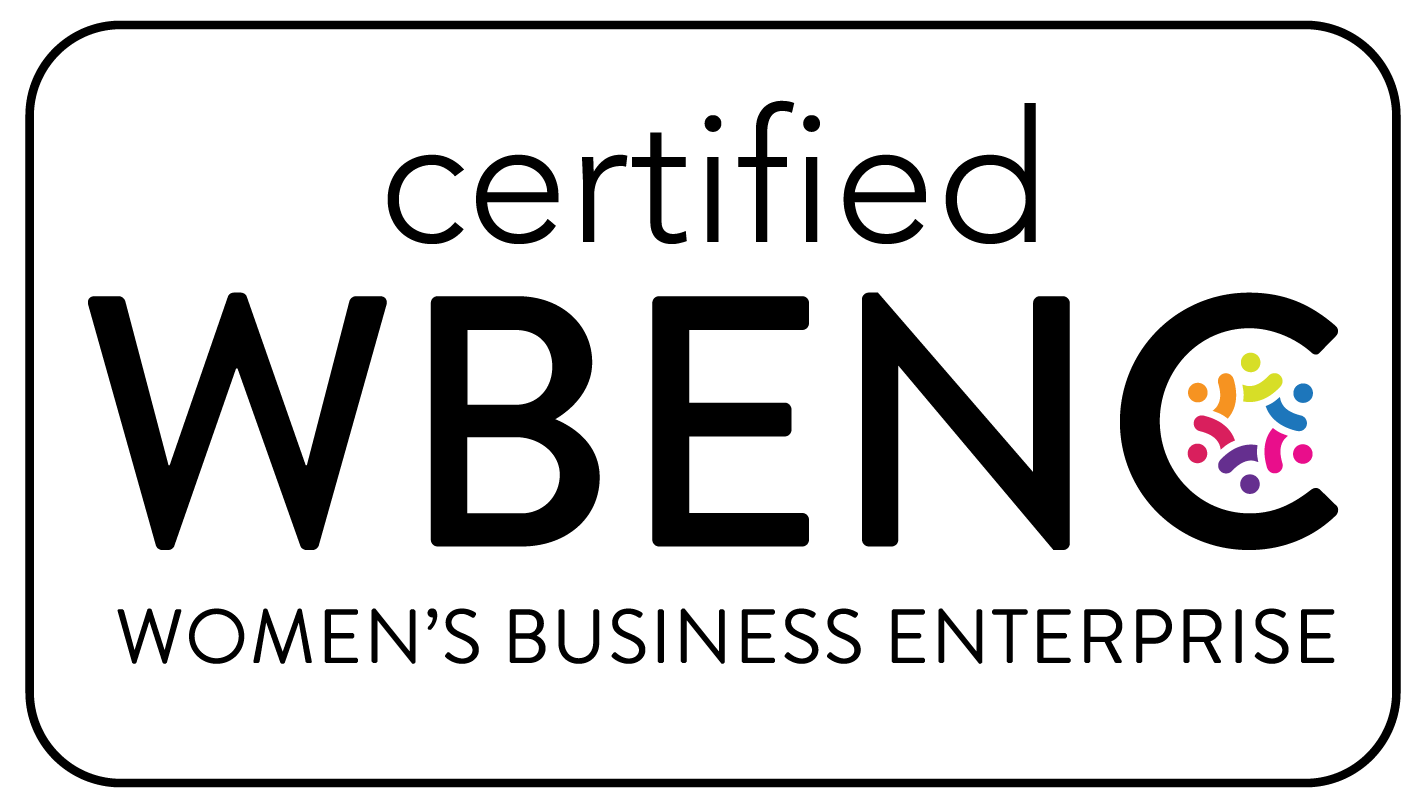Workplace Wellness: 6 Building Blocks for a Successful Program

Explore the six components of building effective workplace wellness programs and learn expert tips on linking wellness to employee health and productivity.
Author: Chantal Lapeyre
March 5, 2024
In our previous blog, CAREonsite interviewed workplace wellbeing expert Dr. Heidi Roeber and discussed the importance of workplace wellness programs and ideas to combat the challenges of making them effective.
In this second follow-up blog, we delve deeper into the topic of workplace wellness by exploring six key components of effective programs.
Workplace Wellness – A Benefit to Employees and Employers
When done correctly, workplace wellness programs can offer significant productivity returns while leading to substantial savings in healthcare costs. For example, a Society for Human Resource Management survey found that more than 72% of respondents reported their wellness initiatives as very effective in reducing healthcare costs, highlighting the significant impact they can have on a company’s bottom line.
In the upcoming sections, we will introduce six key components of a successful wellness program and learn how these components can benefit both the employees and the company. So, let’s dive in and explore the building blocks of a successful wellness program.
6 Components of a Successful Workplace Wellness Program
#1: Injury Prevention
Injury prevention should be the foundation of any wellness program. Shockingly, in 2022, there were 4.53 million medically consulted injuries that resulted from work-related incidents. These injuries not only affect the individual but also negatively impact overall productivity. It is essential to take a proactive approach to injury prevention to minimize the number of injuries, illnesses, and fatalities in the workplace.
Many common workplace injuries like sprains and strains are musculoskeletal in nature and are avoidable with proper assessments, training, and evaluation.
Expert tip:
An effective way to promote proper body mechanics and avoid common musculoskeletal injuries is to provide education on gentle stretching techniques and ergonomic principles. Encouraging regular stretch breaks and providing equipment that is ergonomically suited to the worker can also help support healthy posture and prevent strain on the body.

#2: Increased Activity/Physical Conditioning
Effective employee wellness programs will promote increased physical activity to improve employee health, reduce stress levels, and enhance overall job satisfaction. A sedentary lifestyle and long working hours are significant contributors to increased levels of obesity and other chronic health issues among employees.
Maintaining an active lifestyle can improve employee physical and mental health, reduce the risk of chronic disease, and enhance overall quality of life. Encouraging step goals, healthy weight challenges, and basic exercise routines are uncomplicated ways to help employees become more active. Moreover, this can help support the development of healthier habits and lifestyle choices that can have a lasting impact on health and well-being.
Expert tip:
Incorporate physical activities and rewards into wellness programs to inspire and engage employees, making the experience more enjoyable. It is important to utilize expert guidance and practical solutions to ensure that employees receive the right support towards achieving their fitness goals.
#3: Nutrition
The World Health Organization (WHO) found that optimal nourishment can raise national productivity levels by 20%. Jobs that require long hours and are physically demanding can cause health issues for workers, which can lead to fatigue, decreased concentration, and increased risk of injuries.
To tackle this problem, it is crucial to include nutrition as a fundamental part of any complete wellness program. Employers can integrate practical strategies into the work environment to include educational resources on nutrition, providing educational workshops or seminars, and creating a nutritionally supportive work environment that encourages access to healthy food options and eating habits.
Expert tip:
Workplace wellness programs can incorporate initiatives such as healthy snacks and nutritional counseling. Access to nutrient-rich food choices such as fruits, nuts, and vegetables can support employees in making healthier food choices throughout the day. Nutritional counseling can provide employees with personalized guidance on their diets.
#4-Chronic Disease Awareness
Given that half of adults in the US have hypertension, and only 25% have their blood pressure under control, it’s essential to establish a program that prioritizes chronic disease awareness and how lifestyle choices impact risk. A lack of chronic disease awareness and knowledge of available screening and treatment options may represent a significant barrier to good health. A dedicated program can help reduce the chance of illness and create a more resilient workforce. In addition, such programs can help to control employer healthcare spending.
Expert tip:
Educational outreach is key to providing motivation to complete recommended preventive services that identify and effectively manage chronic diseases. Other simple interventions, such as providing blood pressure checks, can support health awareness screening and monitor the effectiveness of treatment for hypertension.
#5-Mental Health
Just like physical health, mental health has a significant impact on work productivity. In a recent survey, 76% of U.S. workers reported at least one symptom of a mental health condition. There is unmistakable evidence that poor mental health is associated with employee turnover and productivity loss, including absenteeism and presenteeism. To prevent burnout from stress and other symptoms of anxiety and depression, companies may consider providing effective stress management techniques such as mindfulness and relaxation strategies.
For companies, it is vital to spotlight mental health in wellness programs to normalize the discussion and increase awareness of available resources.
Expert tip:
Consider adding a team of trained Mental Health First Aid responders to your workplace. Similar to standard first aid training, Mental Health First Aid equips employees with the tools to identify, understand, and respond to mental health and substance use disorders. Read our blog on this topic for additional details.

#6-Social Support
Support in the workplace correlates with employee job satisfaction and improved health outcomes. Adults with strong social connections have a reduced risk of many significant health problems, including depression, high blood pressure, and unhealthy body mass index. In addition, when employees have access to supportive colleagues, managers, and supervisors, they are more likely to feel valued and respected in the workplace.
Expert tip:
Employers can foster social connectedness in the workplace through recognition, team-building activities, and wellness challenges—especially if leaders participate! Provide opportunities for support groups to meet and socialize using the benefits offered by your employee assistance program.
Explore Ways to Improve Wellness
By addressing the above components of workplace wellness, you can create a more positive and productive work environment. Consider evaluating your wellness program to ensure you are not missing any crucial elements that could benefit your employees and your company.
As a leading occupational health provider, CAREonsite is here to help you explore ways to get the most out of your wellness programs. Contact us today to talk with our team of experienced healthcare professionals.
- careonsite
- Chronic Disease Awareness
- EH&S
- employee wellness
- employee wellness program
- exercise
- health and safety
- health and safety programs
- health outcomes
- injury management
- injury prevention
- mental health
- mental health first aid
- Nutrition
- nutritional counseling
- occupational health
- occupational healthcare
- preventive services
- safety
- social support
- strength training
- wellness
- work-related injuries
- worker safety

